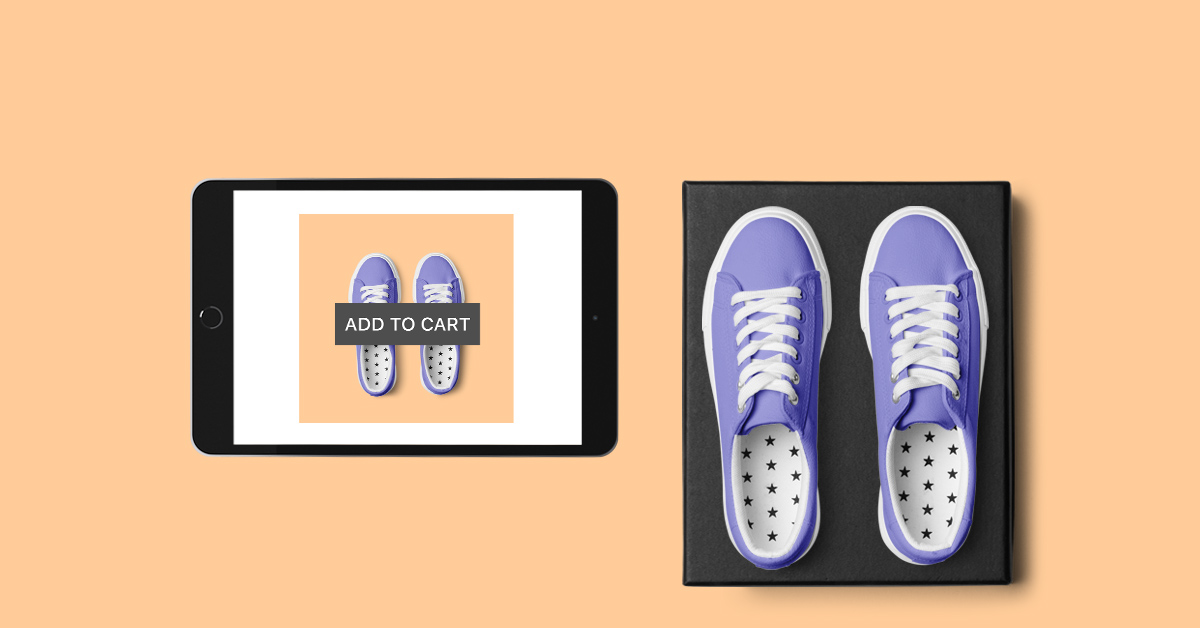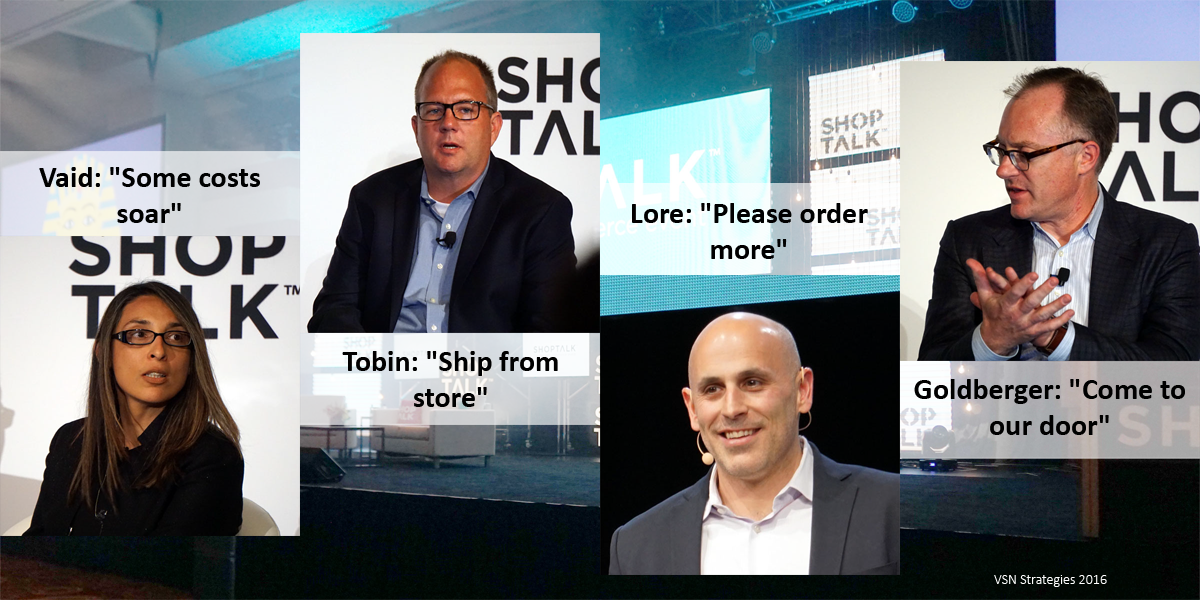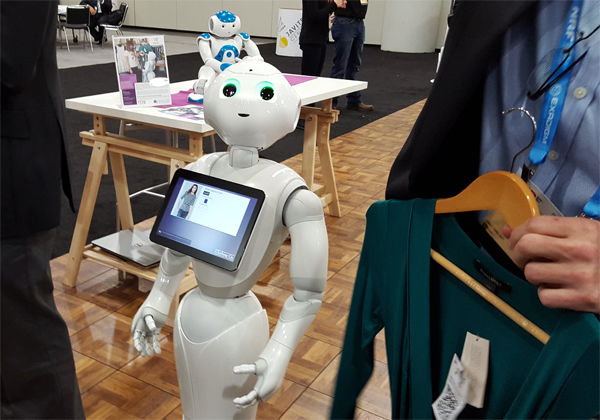THE SHIFT TO DIGITAL over the past 12 months raises questions about the ongoing relevance of stores and in-store marketing. Not to worry – even as more shoppers buy more of their goods online, stores remain the primary selling channel – for most categories.
Retail has never evolved faster. The ripple effects will continue to impact this industry for many years, even after the chaos of the COVID-19 pandemic fade in memory.
For this expert roundup, our good friends at Tokinomo gathered some of the most influential voices in the industry to share what they expect is next for in-store marketing. I was privileged to participate and offer some detailed comments.
How will in-store marketers respond? My esteemed colleagues and I offer a range of observations and opinions, encompassing: “The Year Ahead”; “In-Store Promotions Tools”: “Hybrid Shopping”; “COVID-19 Impact” and more.
The discussion was a golden opportunity to share some of my best licks with some of the brightest minds in our industry. A few highlights to whet your appetites:





